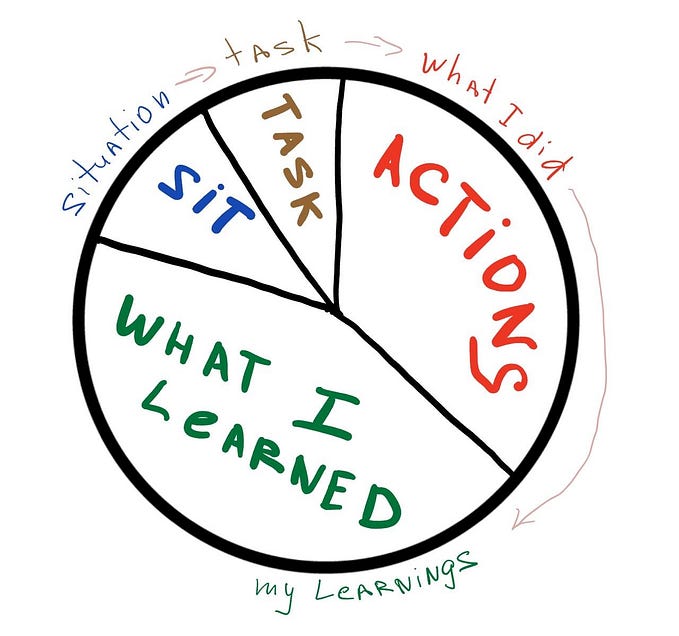Engineering — where everything is made up and mistakes cost millions — Pub Stories
Welcome to another one of my Pub Stories, this is a short story that I would tell you if you were right beside me in a pub. Drinking & reading is optional, however, BYOB.
Quick context setup
This story is set in April 2016, this was a time where food aggregator/delivery apps like Zomato or Swiggy weren’t popular, and India’s super reliable and easy UPI payments system didn’t exist and we had to use payment wallets.
*For those who don’t know: Introduced in early- 2017, UPI is India’s de-facto payment system, where you slap in your UPI id ( which is similar to an email id ) type in your amount & hit send… no interbank / inter-app nonsense. It just works! World-class!
Alright, let’s get started!
Me and my friends decided on an evening in April 2016 to have some McDonalds, because, why not?
We ordered the food from their website and paid via FreeCharge.The payment was successful, the delivery was on time, and the food was great. Nothing went wrong.
But…, The next day, we woke up and found that 100% of the money has been refunded!
Wait, what?
This was weird…, so since we got our money back, we were like, “Why don’t we order again? lol”, but this time we ordered from a separate restaurant, keeping the payment system as FreeCharge.
Order → Deliver → Eat → And…., no refund.
We got a little sad that we lost our money, but we never lost the hope that it must have been a software error that must have been overlooked.
Being the future engineers we were, the next day, we tried the exact order again that gave us our money back: Order directly from the McDonalds website and pay using FreeCharge wallet.
And what do you know?
We got our refund!😁
This was awesome, we tried it, again and again, every night for 3 or so days, and still worked we felt like our stomachs are bulging out with the fats and stopped ordering it.
However, this wasn’t isolated to us; within a matter of days, this news had spread throughout our college, and people started to order like crazy.

Everyone started to order like crazy, some groups had orders that amounted to 10k INR per transaction, then some groups ordered a single bottle of water from McDonald's… because why not? It’s free?
We could see that the delivery guy had to carry multiple packages at the same time, it got so bad that he had several orders on his tied to his arms, two bag packs, and a ton more of it on the bike that he was moving around on.
I tried hard to find a picture of this, but couldn’t find any. If anyone from my college has the picture, please send it over to me, so that I can keep it here.
This went on for a total of 7–10 days, and with a college of over 2000 students, even assuming, each student on an average only spent 500Rs per day for 10 days, we get a rough estimate of 10M Rs.
*These numbers have been vastly under-estimated, we had around 800 students in every batch, and that was just in the B.Tech. Program. Also, we are completely unaware of behind the scenes operations like: delivery guy's salaries, cook's salaries etc, additionally, we will never know the actual amount that might have been spent before our college detected this bug.
Around the end, about on day 7–8 McDonald’s used to shut down its online store when a flood of orders used to come, and by day 10, they completed stopped their online store. I wonder why?
And, after a few days, there was no more online payment method available. You could only pay with cash on delivery. 🤣
As time went on, food delivery and aggregator apps got popular, and we started to use them for the offers, UPI also caught on, and we don’t even use cash nowadays in India anymore. I wonder if they have rolled out a fix? 🤭
Conclusion
In our highly engineered world of today, everything is made up and with scale- implies, a simple mistake can cost millions. Imagine if this were the case for a civil engineer, they build bridges, and when it fails, it could hurt people or cause significant damages.
Ultimately, this is a precautionary tale, which asks you to test all your made-up stuff diligently, ensure that you can monitor it when it’s in operation, and run maintenance when required. It is always better to review your work with a fresh set of critical eyes so that it doesn’t have issues.
I’m pretty sure they made a system to prevent this kind of stunt from ever happening again but remember kids: prevention is better than cure.
Thank you so much for reading till the end. 😁
— Samridh Tuladhar ( @tsamridh86 )








